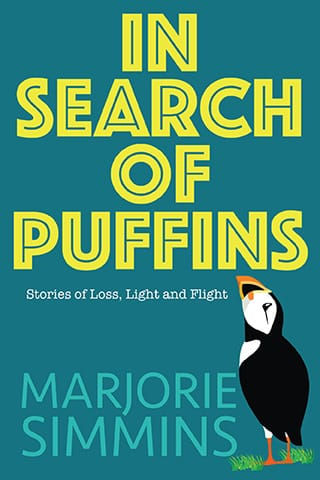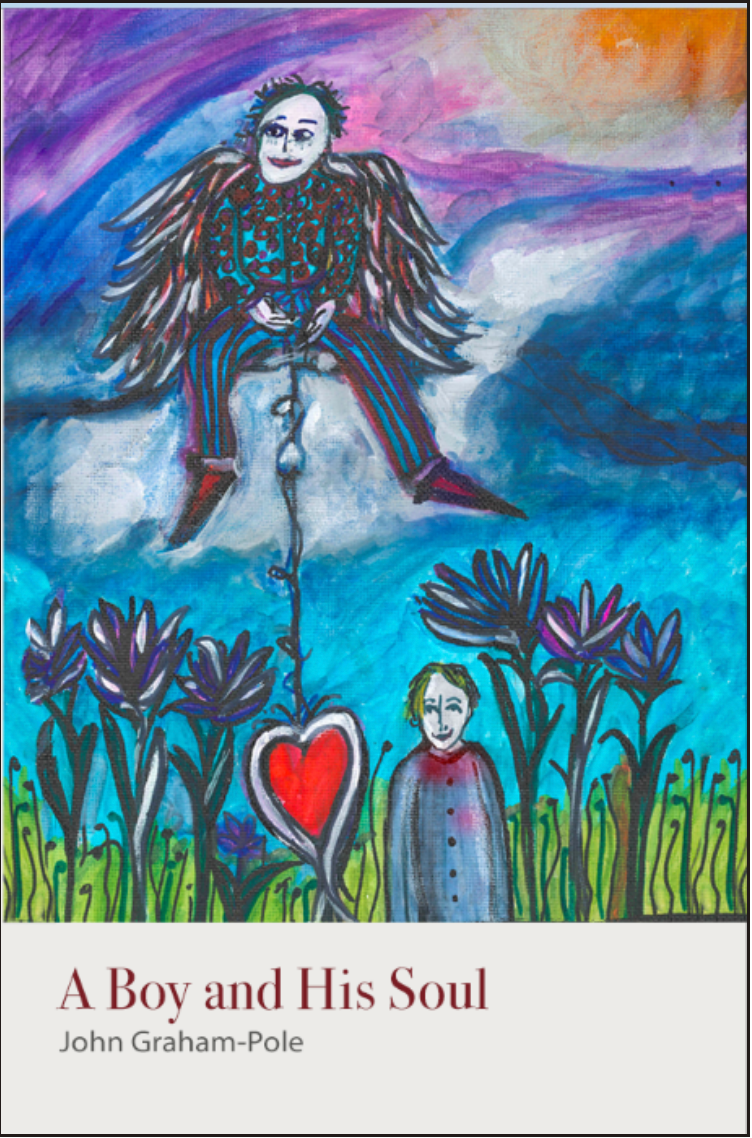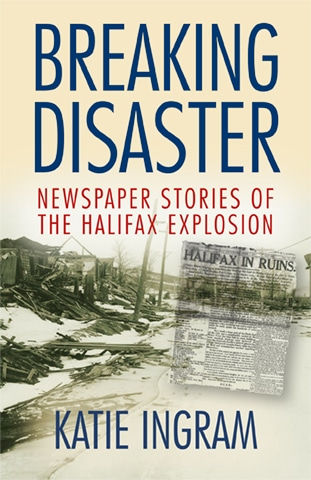Rain (IG: rainsbookreviews)
Some Hellish by Nicholas Herring is a charming blend of contemporary, philosophical, and slice-of-life fiction. It follows the expedition of a PEI lobster fisherman and his complicated relationship with himself, his life, and those around him. It is a reflective and empathic journey toward forgiveness, transformation, and love that also manages to balance the harsh realities of substance abuse, self-hatred, and regret.
The story follows a middle-aged lobster fisher named Herring, who leads a semi-impoverished life on the ocean harbours of Prince Edward Island. His life is falling apart at the seams: he buries the family dog on Christmas Eve, his wife and children leave him, he is in a constant losing battle against alcohol and financial struggle, his reputation is quickly dwindling, and his living room is now left with an enormous hole in the floor after a fit of blind anger. After being saved from a drunken truck crash by a group of passing monks, Herring and his similarly troubled friend, Gerry, go lobster fishing on the M&M (Herring's boat), high on acid, to cope with the misery of their lives. After a careless accident, Herring falls overboard and is lost at sea for days, presumed dead. But just when the world begins to mourn his loss, he miraculously survives, coming back to his broken life a new man: determined, bald, and willing to do better.
I found Some Hellish to be a beautifully written, thought-provoking work of literature in which I was thoroughly immersed until the very end, which gave me an equally undeniable impression that lasted even days after reading. It did an honest job of crawling inside the human psyche and exposing man's darkest, most vile contemplations and his most passionate aspirations and perseverance toward fulfillment and purpose. It did not hesitate to call out the thoughts that we hate to-- or would never—admit thinking (ex., secretly wanting a friend to suffer after they've wronged you or admitting to admiring the virtues we lack in someone we hate).
Additionally, it could paint a vivid, realistic picture of the Maritime lobster fisherman lifestyle, describing the realities of its intense physical toils, the general uneducated, drunken, anti-technological societal outlook, the turbulent weather, poverty and often quite disgusting normalcies of animal guts and lack of personal hygiene. (Needless to say, it isn't sunshine, lollipops and rainbows…).
I found the book's honest portrayal of both psychological and environmental aspects admirable, and I caught myself guiltily relating to Herring but happily comparing his unfortunate circumstances to my own many a time.
Though I found the book to be a bit slow in terms of plot progression, as most of it centred around character development and the slow harbour life rather than an action-filled overarching narrative like most stories, I ironically found that its sluggishness and focus on the people and personality rather than plot added to the charm, portraying itself as true-to-life and ultimately a story I enjoyed reading through. (After all, real life isn't a 24/7 MARVEL comic-book story with bad guys to defeat and cities to save… in truth, we're all living Herrings in one way or another.)
My favourite line from this book is:
"Well, at the end of it all," he said, "I guess you could say that I was willing to die so that people could eat. No matter all the stupid shit I've done, I'll always have this. Be able to say this about myself. And that's not nothing, huh." (paragraph 1, page 311)
In all, while Some Hellish may not be everyone's cup of tea (and if you can't stand the thought of reading the obscure existential crises of a middle-aged drunkard for 325 pages, this may truly be some hellish for you…), it is undoubtedly a book that merits its prestigious Atwood Gibson Writers' Trust Fiction Prize and one that deserves the recognition and praise it has now. With its poetic disquisition, memorable characters and environment, thoughtful philosophical overtones and humane message of hope, it is a truly unforgettable experience that I strongly urge any stoic, deep-thinker and enjoyer of moving storylines to dive into.
Overall, I give the book a solid 4.7 out of 5 rating. I recommend this book!






















